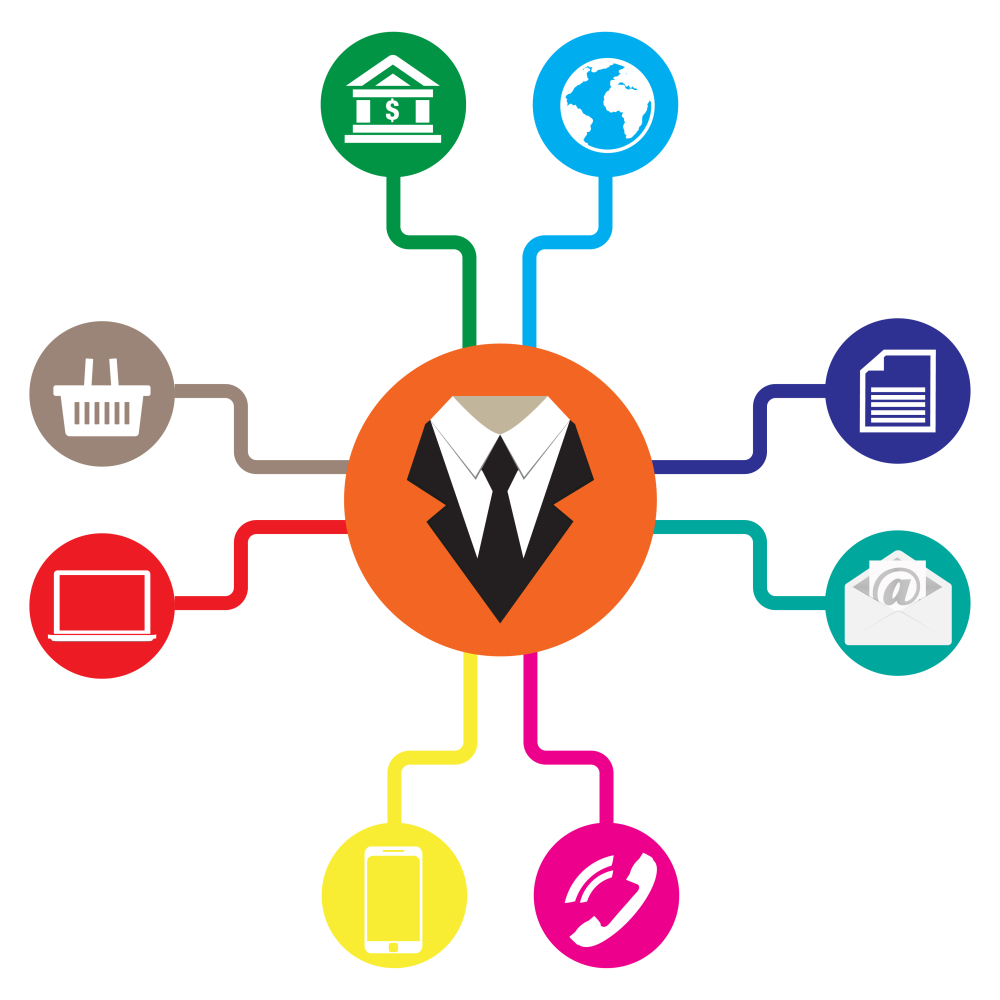The Rise and Growth of Marketing Channels
01 Sep 2015

The ever-increasing growth of digital consumption, including an explosion of social media networks, has meant that today’s marketers are now presented with more options than ever before when it comes to choosing how to engage with their consumer.
With each option comes some form of risk; by putting time, energy and money into one channel, marketers could be missing out on the untapped potential of another. Consumers today now expect to be reached in a variety of ways and, as such, there has been a call for multi-channel production agencies to meet these new demands. This hybrid capability means that – rather than focusing on one type of marketing (digital, direct, retail, for example) – marketers need to focus on the seamless customer experience – from mobile device to desktop, direct mail to TV advert, consumers now seek a ubiquitous omni-channel experience.
But what exactly is an omni-channel campaign? The concept was introduced around five years ago, but since then it has developed from unfamiliar strategy to buzzword. However, it’s proving itself to be much more than a passing trend or marketing fad – an omni-channel presence is now a necessity for brands swimming in a sea of competitors. Essentially, it is the skill of ensuring each piece of the customer experience is consistent and complementary.
The rise of omni-channel is largely attributed to smartphones. According to a recent report by Ofcom, smartphones have now overtaken laptops as the most popular device for accessing the Internet for the first time ever. UK consumers spend nearly two hours online via their mobile device every day – largely thanks to the high-speed of 4G – and two-thirds of the population now own a smartphone. Buyers are also now increasingly ‘showrooming’ – using their device to research pricing while in-store.
Although omni-channel expectations are sometimes focused more on the B2C customer, B2B purchasing expectations now mirror the demand for flexibility, convenience and options. Forrester found that 87% of B2B suppliers know that omni-channel investment is crucial to serve today’s customer; however, they face some common challenges – the main barrier being back-office integration across channels (44%). Some 42% find it difficult to share customer analytics and data between locations or channels, while 40% claim they are limited by distribution partners. Other challenges include implementation difficulty or limited staff skills.
While many companies have the capabilities to run an email campaign, for example, few are able to execute a seamless multi-channel campaign where print is one of the integral elements. It is the ability to link an entire campaign and to have detailed analytics available as the campaign progresses that proves essential in the world of the omni-channel consumer.

Please login to comment.
Comments